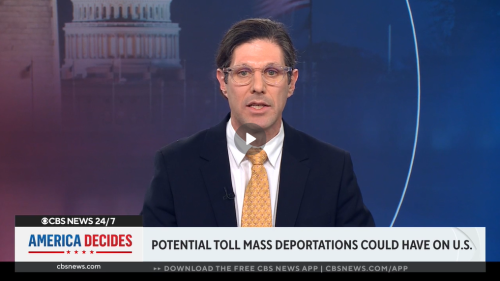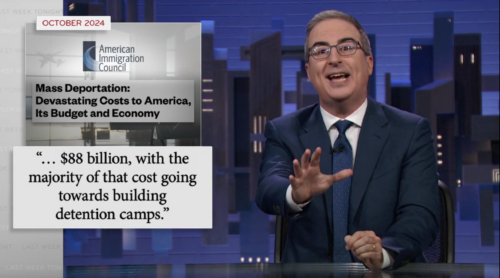The New Yorker
August 27, 2012
If one of the big stories of this year’s Olympics was Team U.S.A.’s return to the top of the medal charts, London also showcased another impressive American feat: we trained many of the best athletes who competed against us. Nearly four hundred Olympians who this year represented other countries went to school in the U.S., and many other foreign athletes live and train here—like the British runner Mo Farah, who won gold medals in the five and ten thousand metres after moving to Portland last year to work with the legendary marathoner Alberto Salazar. In effect, the U.S. helps global talent develop the skills needed to beat us.
This is not a phenomenon confined to the Olympics. The U.S. is the world’s most popular destination for foreign students, hundreds of thousands of whom go to college and graduate school here. This is all to the good: just as the Olympics are more exciting when lots of countries have top-level competitors, the global economy is more dynamic when knowledge is more widely distributed. But there’s also a missed opportunity for the U.S.: many of these foreign students would prefer to stay and put their skills to work here after they graduate, but they can’t get work visas. What’s more, studies estimate that hundreds of thousands of highly skilled immigrants already working here find themselves stuck in immigration limbo for years, waiting for visa and green-card applications to be approved. These are well-educated, motivated workers who want to play for our side. Yet we’re making it difficult for them to do so.



